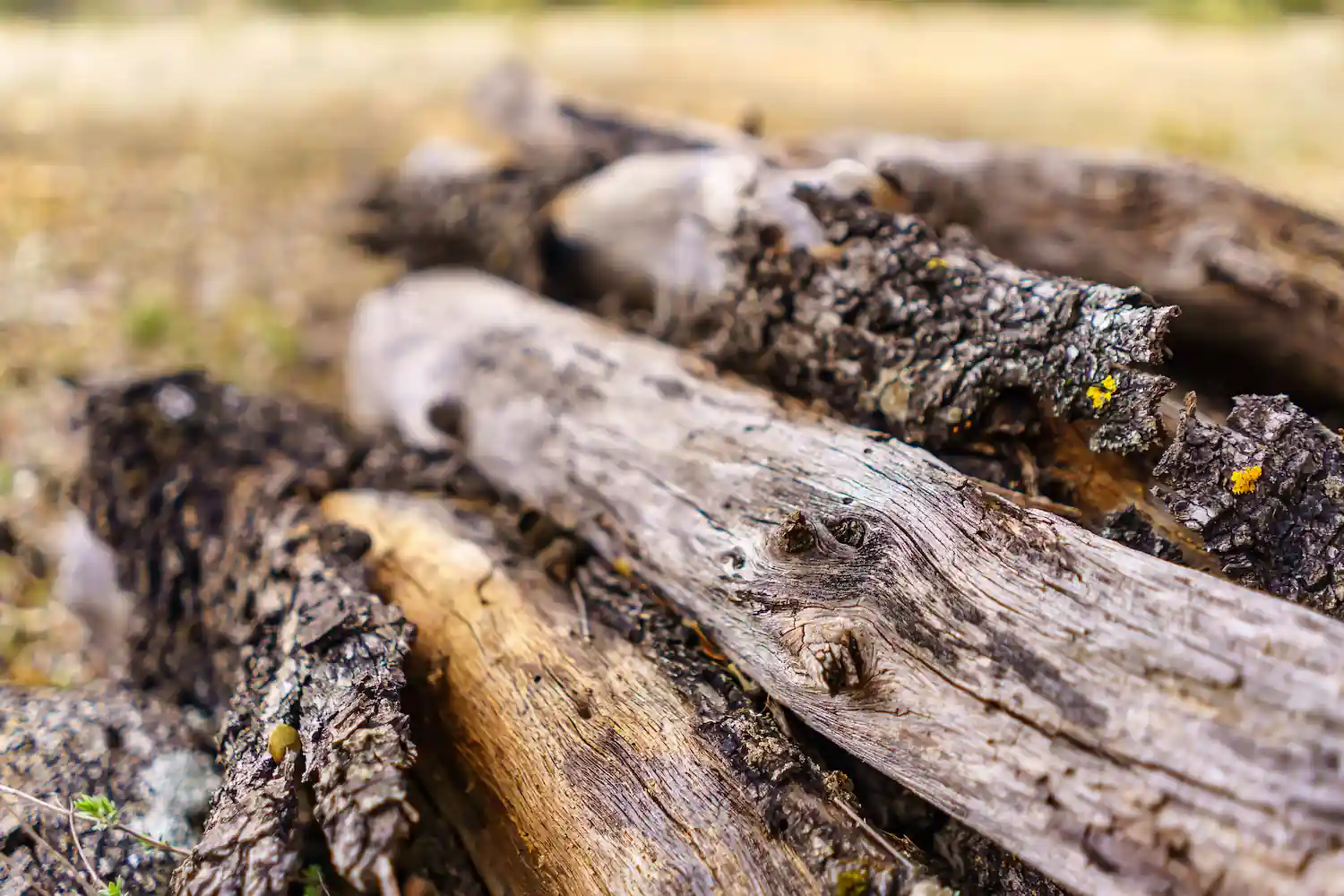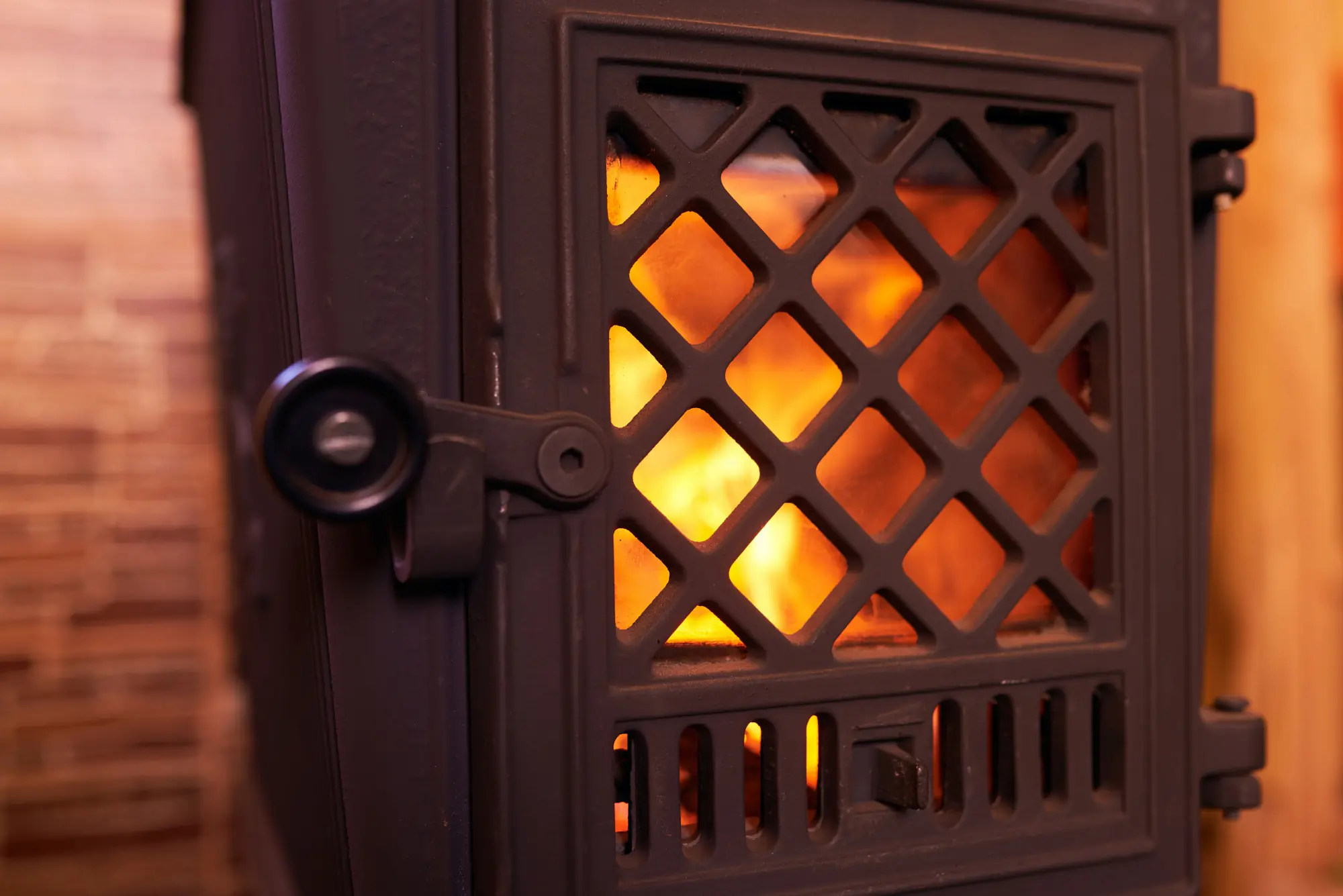Fireplaces are a very useful source of heat for cold homes. However, many people do not know how to maximise the heat that fireplaces provide. Here are some tips on how to make your fireplace warmer and more efficient.
Five tips for a warmer fireplace
There are a number of tips that can be put into practice to get the most out of the heating power of a fireplace:
Keep the chimney clean
It is important to keep the chimney clean so that it works properly and provides as much heat as possible. Soot and dust can reduce the amount of fuel the chimney burns and therefore reduce the amount of heat it produces.
Cleaning the chimney regularly is essential to prevent the build-up of soot and dust. This prevents uneven heat distribution and improves the efficiency of the chimney. It is recommended that the chimney is cleaned at least once a year to ensure that it is free of any blockages.

Use the right firewood
It is important to use the right firewood to get the best performance from the fireplace and increase the heat it provides. Some types of firewood produce more heat than other types.
In particular, hardwood logs burn more slowly, so they provide consistent heat over a longer period of time. Examples of hardwoods are oak, holm oak, birch, oak or cedar. Almost all hardwoods are a good choice for producing a strong, long-lasting fire.

It is also important to consider the size of the logs. Larger logs produce more heat than smaller logs.
Make sure the firewood burns well
It is important to make sure that the firewood is dry before you light it. This will maximise the heat produced by the fireplace. Damp firewood considerably reduces the burning capacity of the wood and the heat generated is lower.
Dry wood, on the other hand, burns faster and better and produces a larger, hotter fire. It is also advisable to ensure that there is plenty of oxygen around the wood and to avoid piling too much wood in the fireplace, as this can smother the fire and reduce the heat produced.
Close the chimney to prevent heat loss
Another tip you can follow to make your fireplace warmer is to close it so that the heat does not escape. Traditional fireplaces tend to lose large amounts of heat, as they do not have heat recovery systems.
On the other hand, having a closed fireplace helps to keep the heat inside the room for a longer period of time and increases the efficiency of the heat produced by the fireplace. There are different options for closing the fireplace:
- Doors: they allow heat to be concentrated, increase energy efficiency and reduce fuel costs. They are also an affordable option. The problem is that doors usually decrease the heat transmission to the outside of the chimney. In this case, the heat produced will be higher and last longer, but the heat perceived in the room will be lower.
- Cassette: this system reduces the amount of fuel required and distributes the heat through its ducts, making much better use of the calorific value of the chimney.
- Insert: this system is similar to the cassette, but its special feature is that it has fans at the bottom of the chimney. These push the hot air upwards, which helps to distribute the hot air throughout the room. In this way, up to 80% of the heat generated is transferred, which is a very high utilisation rate.

An added advantage of closing the chimney is that it increases safety and cleanliness by preventing sparks that could cause a fire and inhibiting the presence of smoke.
Place a plaque on the back wall of the chimney
Placing a plate on the back wall of the fireplace helps to retain and reflect heat back into the room. This solution can increase the heat output by up to 50%, depending on the characteristics of the plate used. These are usually made of cast iron, which is a good thermal conductor. In addition, a plate retains the heat so that it remains even after the fire has been extinguished.

Conclusion
In conclusion, there are several useful tips for increasing the heat provided by a fireplace. Keeping it clean, using the right kindling, making sure it burns well, closing it to prevent heat loss and placing a plaque on the back wall are some simple steps to increase the heat provided by a fireplace.
By following these steps, it is possible to enjoy the pleasant warmth of a wood fire during the cold months of the year. In any case, we recommend that you consult with professionals about the best option for installing a truly efficient fireplace that suits the needs of your home.
Once installed, you can count on Tu Deshollinador to clean your chimney. Contact us and ask for a no-obligation quote.




